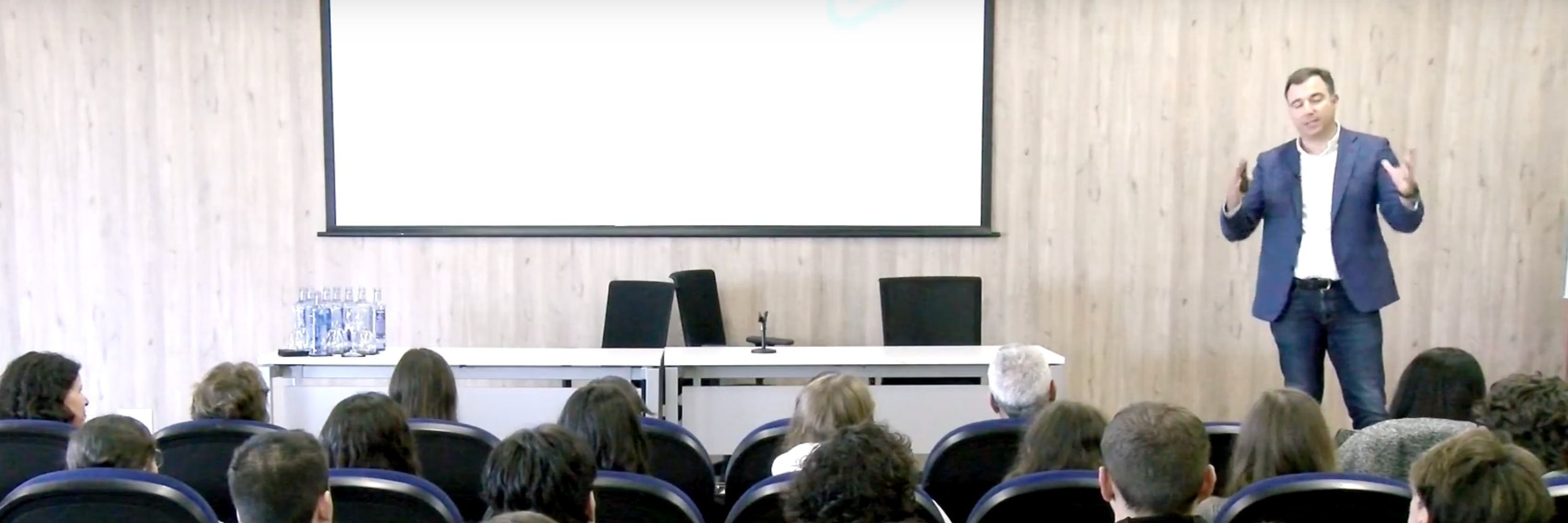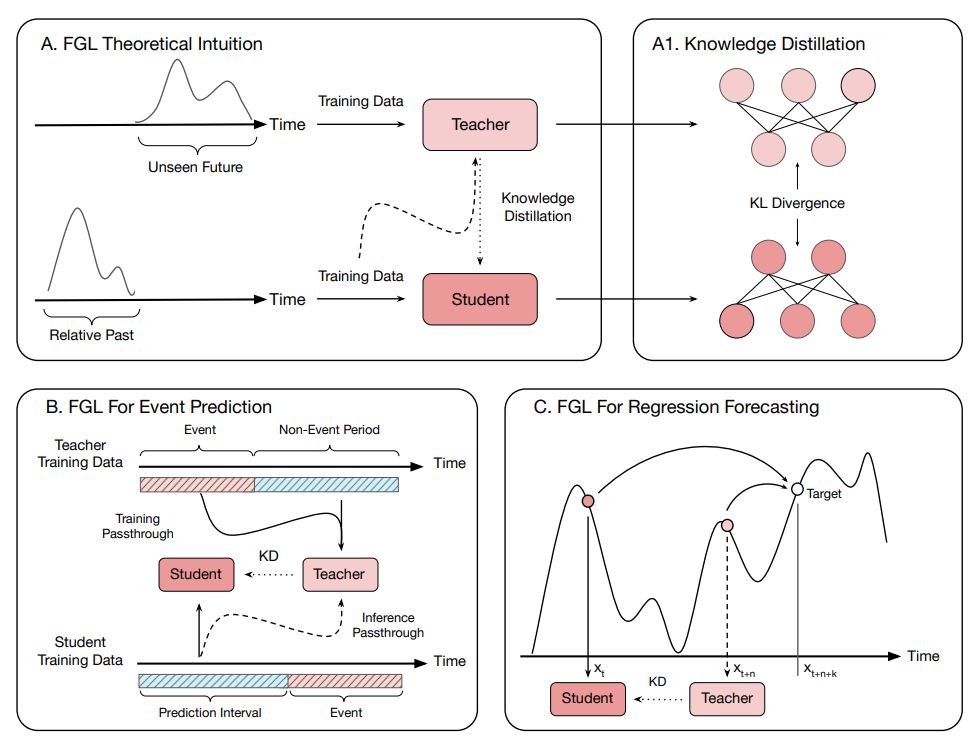Jorge Bravo Abad
@bravo-abad.bsky.social
2.7K followers
2.5K following
830 posts
AI/ML for Science & DeepTech | PI of the AI for Materials Lab | Prof. of Physics at UAM. https://bravoabad.substack.com/
Posts
Media
Videos
Starter Packs

























